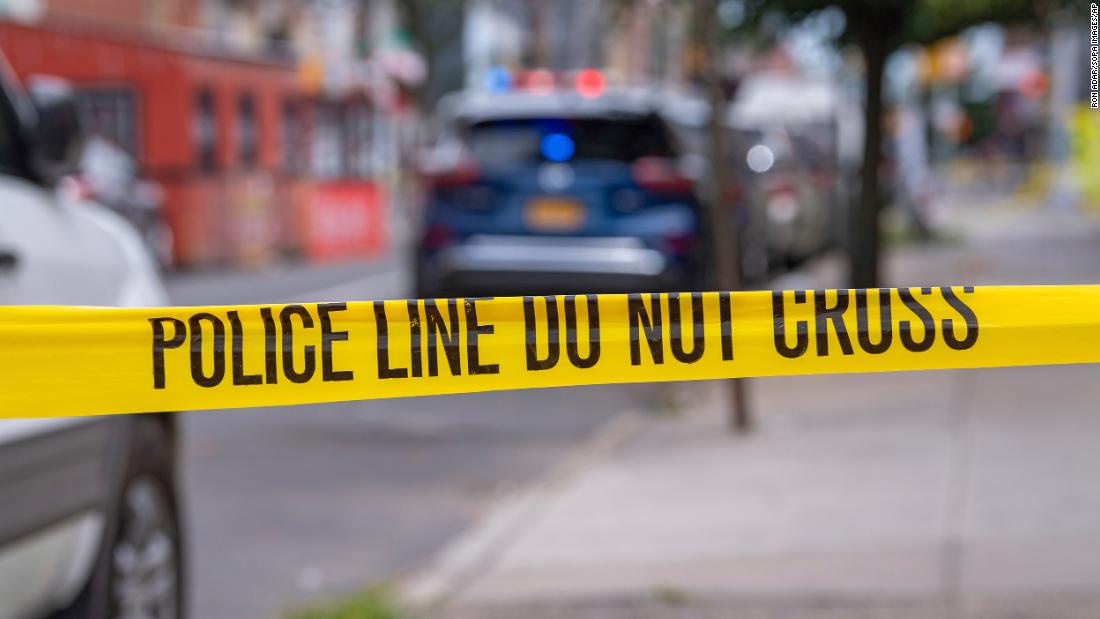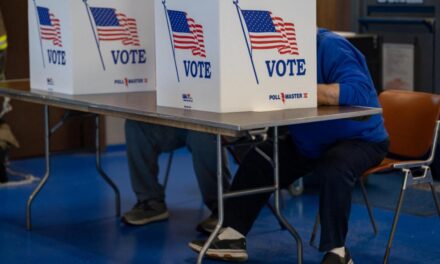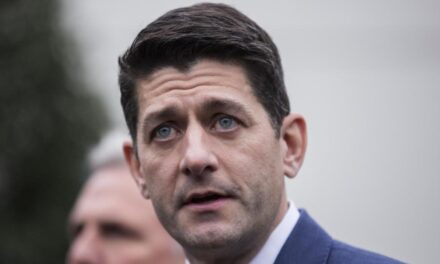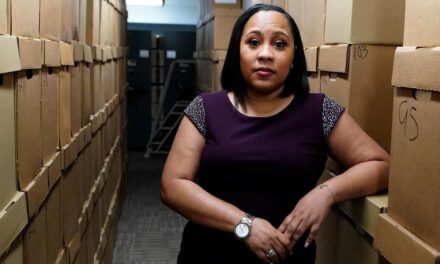
Opinion: The question we should be asking about violent crime in American cities

(CNN)In big cities across the United States, fears about crime have citizens up in arms. They’ve been an animating force in recent mayoral elections.
In New York, where new mayor Eric Adams ran on a platform of public safety, the recent subway killing of Michelle Alyssa Go has further galvanized the city and stoked many New Yorkers’ deepest anxieties. In Los Angeles, homicides were up 12% in 2021, forcing Mayor Eric Garcetti to answer some tough questions — and declare that “Los Angeles is not alone in this trend.” Just last week, a 70-year-old nurse was attacked at an L.A. bus stop, and later died from her injuries.
However, contrary to fearmongering from politicians and press, American cities are not experiencing record crime rates. Crime rates, including national homicide rates, remain well below where they were in the 1980s and 1990s, according to FBI data. But that’s a very low bar. The United States was already an exceptionally violent and deadly place for a wealthy, developed country, largely thanks to extremely lax gun laws that are one reason our violent death rate is many times higher than that of our economic peers. And it’s true that homicide rates are increasing at a stunning rate, even if property crimes are less common than they once were — and some cities, from Philadelphia to Tucson, Arizona — did see record homicide rates last year.

When it comes to our current crime trends, two things are true: Deadly violence isn’t as pervasive as it was 20 years ago, but homicide numbers are rising in many major American cities.
We should not collectively live in fear of deadly violence — and we shouldn’t wait to hit all-time crime highs before we act. But to decrease rates of violent crime, we have to do more than simply police. (And for the record, no, the “defund the police” movement is not behind rising crime rates. For all the inflamed rhetoric, most police forces were not actually defunded.) We need better gun laws, a more equal society, and certainly better social services for those who are struggling.
One thing that is clear from the data is that guns drive American violence. The uptick in homicides during the pandemic, for example, might not be about a lack of policing so much as about the fact that more people are carrying guns around. But many of the same conservatives who fret about violent crime and critiques of American policing refuse to budge on the one policy that has been proven to make a significant difference in homicide rates everywhere in the world: Gun regulations.
Getting weapons off the streets, though, is not the only issue. The US also fails to care for its vulnerable, which both puts them at risk and creates risks for others. It can be tricky to talk about mental illness, homelessness and crime because of stigma around mental illness and misconceptions about being unhoused. The truth is that the vast majority of violent crimes are generally not committed by homeless people or people living with mental illness; in fact, people without shelter and those with mental illnesses are much more likely to be victims of crimes than perpetrators of them. For many people who do not have permanent homes, the threat of sexual assault, beatings, robberies, and other acts of violence is a daily fact of life.

But consigning huge numbers of people to live on the streets and in makeshift shelters comes with high social costs, to the public as well as to the human beings our society is treating as throwaways. An ABC-7 investigation of homelessness and crime in Los Angeles found that homeless people were involved in less than one in 10 of all crimes in the city. But even with rising homelessness rates — there were more than 66,000 unhoused people in Los Angeles county as of 2020, the last time there was an official count by the LA Homeless Services Authority — less than one-half of 1% of Los Angeles county residents are without permanent shelter, meaning that homeless people are significantly over-represented as both crime victims and perpetrators. Previous research has also found that homeless people who are bounced around from shelter to shelter are more likely to commit violent crimes. And while people who struggle with stable housing come from all walks of life, the conditions that the US is particularly bad at treating — including mental illness and addiction disorders — are contributing factors.
Anecdotally, mental health crises seem to be on the rise. And statistically, overdose deaths are way up. And yet decent mental health care and treatment for drug addiction remain out of reach for a great many Americans, and especially for those who lack the stability of permanent housing.
Unhoused people, and especially those who struggle with addiction and mental health, are human beings living in a rich country that could support them with housing and health care, but instead chooses to treat them as disposable. That is a shame on all of us.
Two years into a pandemic, the American social fabric is fraying along with our collective mental health. Crime is up, but so is generally bad behavior, from kids misbehaving at school to air passengers screaming at flight attendants. Those we have neglected and pushed to the fringes are not immune from these broader trends.
The question now isn’t, “Why is crime going up?” It is: Why aren’t we taking common-sense measures, including gun regulations and support for those who need medical care and stable housing, to prevent it?
Source: https://www.cnn.com/2022/01/19/opinions/america-crime-trends-filipovic/index.html


















